Years of service 1915–1923 Rank Not known | Name Margaret Skinnider Other work Teacher | |
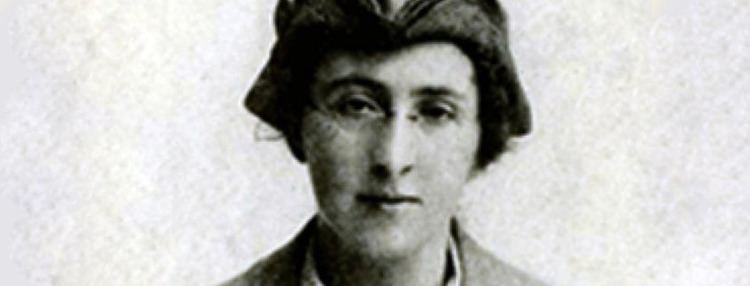 | ||
Battles/wars Easter RisingIrish War of IndependenceIrish Civil War Battles and wars | ||
Wolfetones/siobhan warfield:Margaret Skinnider LIVE 2016
Margaret Skinnider (28 May 1892 – 10 October 1971) was a revolutionary and feminist born in Coatbridge, Scotland. She fought during the 1916 Easter Rising in Dublin. Her part in the Easter Rising was all the more notable because she was a woman, a sniper and the only female wounded in the action. She was mentioned three times for bravery in the dispatches sent to the Dublin GPO. Sadhbh Walsche in The New York Times refers to her as "the schoolteacher turned sniper."
Contents
- Wolfetonessiobhan warfieldMargaret Skinnider LIVE 2016
- Early life
- Easter Rising
- Post 1916 activities
- Later life
- References
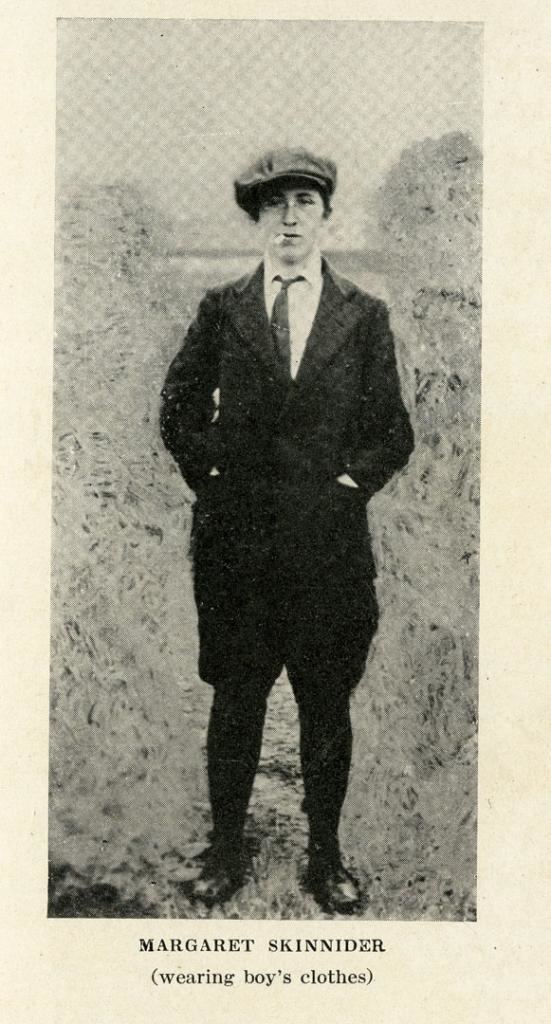
Early life
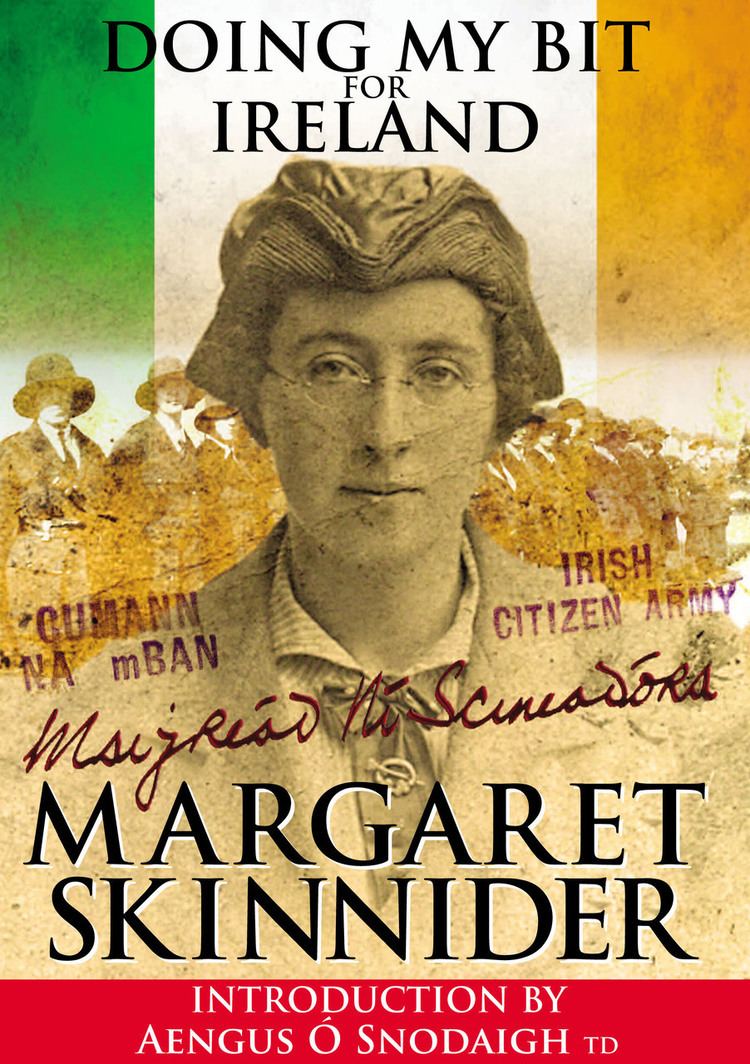
Skinnider was born in 1893 to Irish parents in the Lanarkshire town of Coatbridge. She trained as a mathematics teacher and joined Cumann na mBan in Glasgow, she was also involved in the women's suffrage movement. Ironically she had learned to shoot in a rifle club which had originally been set up so that women could help in defence of the British Empire. During her trips to Ireland Skinnider came under the influence of Constance Markievicz and became active in smuggling detonators and bomb-making equipment into Dublin (in her hat) in preparation for the 1916 Easter Rising. She along with Madeleine ffrench-Mullen spent time in the hills around Dublin testing dynamite.
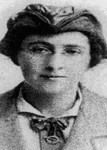
When Skinnider was shown "the poorest part of Dublin" by Constance Markievicz, she wrote; "I do not believe there is a worse place in the world." The street was "a hollow full of sewage and refuse", and the building "as full of holes as if it had been under shellfire".
Easter Rising
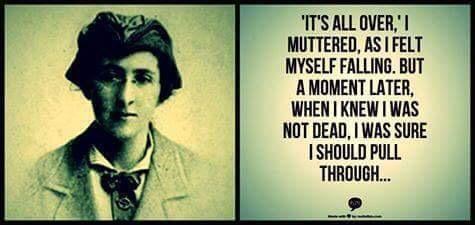
Operating variously as a scout, message runner (often dressed as a boy) and sniper Skinnider took part in action against the British Army at the Garrison at the College of Surgeons and St. Stephen's Green under the Command of General Michael Mallin and Constance Markievicz. Skinnider was reportedly an excellent markswoman. She was seriously wounded when she was shot three times attempting to burn down houses on Harcourt Street to try to cut off the retreat of British soldiers who had planted a machine gun post on the roof of the University Church.

Nora Connolly O'Brien describes Skinnider's leading role in this action;
In her autobiography "Doing my bit for Ireland" (New York – Century, 1917) Skinnider herself vividly describes her role as a sniper at St. Stephen's Green in the Easter Rising:
In terms of her role as a woman taking part in military action Skinnider comments:
The current president of Sinn Féin, Gerry Adams, quoted Skinnider's stirring words in his 2006 address to the Sinn Féin Ard Feis.
Initially imprisoned and seriously injured, Skinnider spent several weeks in hospital before she contrived to escape whilst awaiting medical treatment and obtained a travel permit from Dublin Castle to enable her to return to her native Scotland.
Post-1916 activities
Skinnider returned to Dublin later that year before fleeing to the United States in fear of internment. Whilst in America, she collected funds for the republican cause and lectured with other women who had fought in the Easter Rising. Skinnider also wrote and published her autobiography in New York – "Doing my Bit for Ireland". Skinnider later returned to Ireland and took up a teaching post in Dublin in 1917. During the War of Independence she was arrested and imprisoned. In the civil war she became Paymaster General of the Irish Republican Army until she was arrested in 1923 and held at North Dublin Union. There she became Director of Training for the prisoners. (James Connolly's daughter Nora took over her role)
Later life
After her release from prison, she worked as a teacher at Kings Inn Street Sisters of Charity Primary School in Dublin until her retirement in 1961. She was a member of the Irish National Teachers' Organisation (INTO) throughout her teaching career. She became its President in 1956. During her tenure she represented Ireland at the World Conference of the Organisation of the Teaching Professions in Manila, Philippines. She fought in particular for the rights of women – this agitation resulted in the introduction of common incremental salary sales for women and single men in 1949. She sat on the Committee that advised on the 50th anniversary commemorations of the 1916 rising. She lived her last years in Glenageary, County Dublin. She died on 10 October 1971 and was buried next to Countess Markievicz in the Republican plot in Glasnevin Cemetery, Dublin.
